issue contents
August 2016 issue

Cover illustration: The C2P2 donor set in (biphenyl-2,2-diyl)[bis(diphenylphosphanyl)propane)platinum(II) defines a distorted planar coordination environment about the PtII atom with small deviations from planarity. The bidentate nature of the biphenyl dianionic ligand results in a C-Pt-C bond angle of 79.94 (16)° and a P-Pt-P bond angle of 93.40 (4)°. The single-crystal structure is compared to that with a methyl group bridging two diphenyl phosphine donor groups and to another lacking a C-C bond between two coordinating phenyl groups. See: Rillema, Moor & Gehan [IUCrData (2016). 1, x161277].
metal-organic compounds


 access
access

 access
access

 access
access

 access
access

 access
access

 access
access

 access
accessorganic compounds


 access
access

 access
access

 access
access

 access
access

 access
access

 access
access

 access
access

 access
access

 access
access

 access
access

 access
access

 access
access

 access
access

 access
access

 access
access

 access
access

 access
access

 access
access

 access
access

 access
access

 access
access

 access
access

 journal menu
journal menu












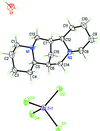


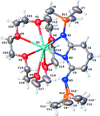

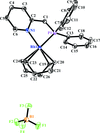








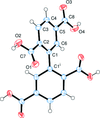


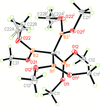










![[publCIF]](/logos/authorchecklist11.gif)





